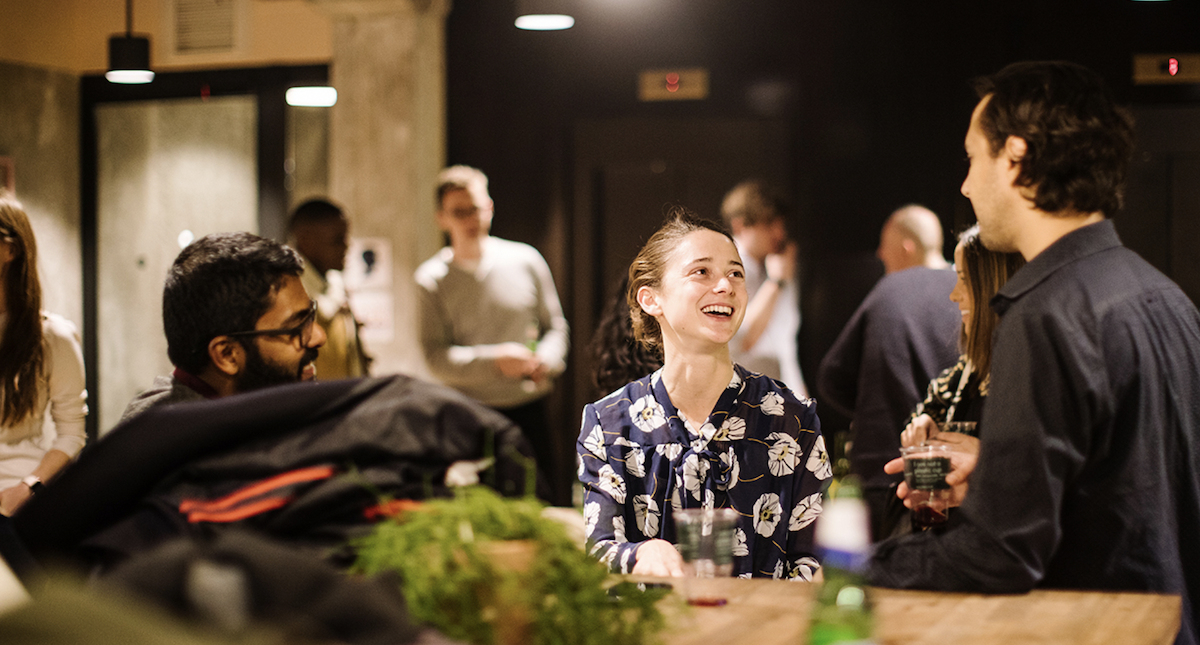I recently had the opportunity to attend an event covering industry issues such as tech in disaster zones and AI vs ethics. Apart from tackling highly fascinating and complex issues, the event also served as a valuable reminder that good storytelling is critical, not only to individual presentations, but to the event overall. Just as each session needs a strong beginning, middle and end, so too should the conference itself.
Engaging from the Beginning
The introductory speech, or the keynote, sets the tone of an event. It's also when you win or lose the audience. It’s either the glue or the repellent. Luckily, at this event, it was the former.
The event host kicked the event off with a compelling, personal story. To illustrate the importance of tech in emerging markets, she spoke about her experience working in Indonesia at the time of the Boxing Day tsunami. She was able to credibly share how challenging it was to identify the personal details of those injured and displaced, which consequently made it near impossible to get vital aid to them. The anecdote highlighted that, if they'd had the infrastructure of databases and communications technology available, it would have been easier to do the work, and, arguably, they could have saved more lives.
It only took ten minutes for the story, and in that ten minutes, the keynote speaker had me. By the time she left the stage, I felt I had to be there. I was confident I was going to learn during the event, and I would leave knowing more about the critical role that tech plays in disaster zone relief efforts.
Maintaining Quality through the Middle
As in all good stories, the introduction is critical. But it’s only one of three parts. The second is the middle, and, at about 80% of the whole, it's arguably the hardest to get right. It requires you sustain the audience engagement you created during the introduction for an extended period of time. It's often where interest wanes and you see people checking their phones or start talking the person next to them. Your job, as a presenter, is to bring them back into the story.
This particular event had some good examples of how this can be achieved. One presenter asked the audience indirect questions and repeated powerful stats. These techniques have the effect of actively engaging the audience; telling us that we are part of the presentation, not inactive recipients of a monologue.
There was also some don’ts. One person shamelessly plugged his book in the first minute - an instant turn-off. Conferences aren’t the right venue for self-promotion of your book, blog, company, product, etc. Speakers should always keep this adage in mind: “Don’t tell the audience what you want to tell them – tell them what they need to hear.’
In another unfortunate instance, a presenter positioned a particular point as a "ground-breaking idea," when in reality, it was something obvious to the entire audience. It was a clear underestimation of the level of knowledge in the room that I'm sure left some of the audience soured.
There were also a wide range of dos and don’ts around presentation content. First and foremost, the presenter is the storyteller. He or she should be centre stage. The slides are simply there to guide or illustrate. But in the case, there were decks featuring too much or too tiny text and other distractions, which all take away from the story being told. To be effective, simplicity is key. Few words, emotional statements, key facts, video and images - these are the tools with which the narrator can build a balance, with the non-verbal content enhancing, not detracting from the speaker.
End with an Invitation
Just as the beginning of the event is critical to draw the audience in set them up for engagement with what's to follow, the end of the presentation serves an equally important function: to leave the audience with the desired impact. No presentation should end like a damp squib, leaving the audience feeling indifferent to what has just been presented. It needs to leave us with a strong impression, a desire to take action, a message that we pass on or further questions to ponder. It should be a door opener or an invitation for us to explore further.
Several days after this particular event, I'm still thinking about it. I wonder what would have happened to some of the victims at Banda Aceh if there had been a more effective way to reach them. And I feel compelled to action, with knowledge of the organisations I can support so I can play a role in achieving their mission.
Share this
MORE
INSIGHT
Fearless tactics to achieve your strategic success
As a consultancy, our full-funnel marketing and communications solutions are designed to fearlessly deliver business results across multiple industries and service areas.
